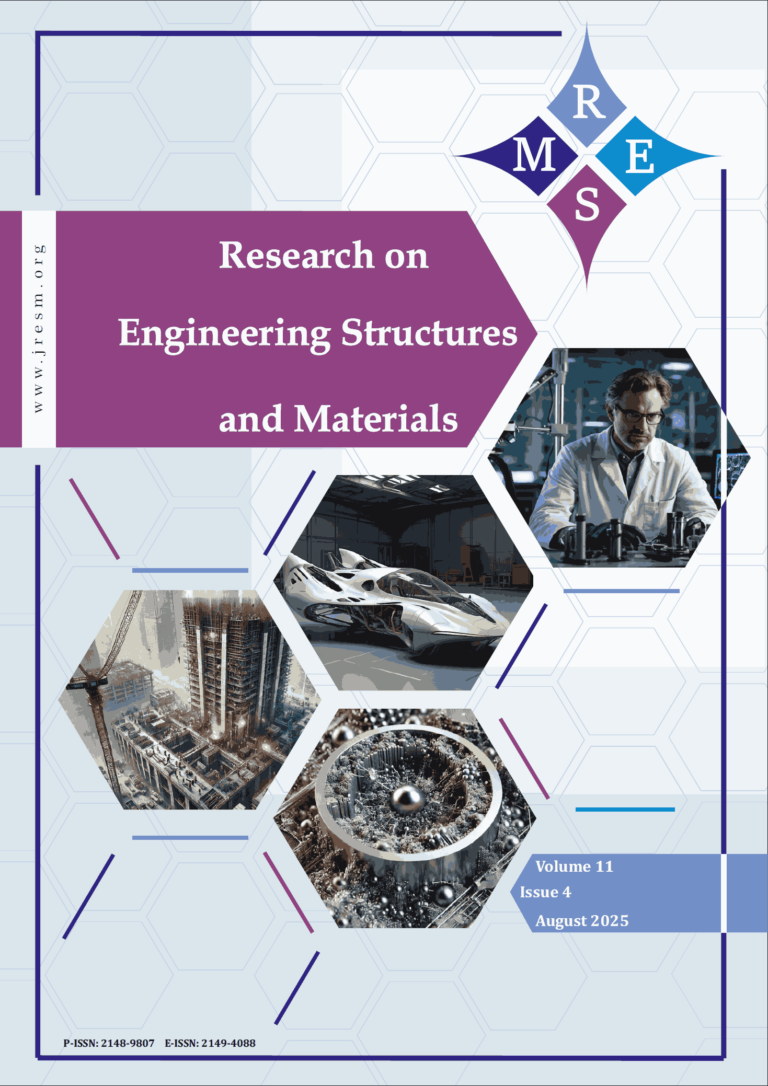This study focuses on optimizing the mechanical properties of hybrid fiber-reinforced tertiary blended high-performance concrete (HFRTHPC) by integrating CSF and polypropylene fibers (PPF) into a mix of silica fume (SF), metakaolin (MK), and fly ash (FA). These mineral admixtures replace Ordinary Portland Cement (OPC) at varying levels of 0%, 15%, 22.5%, and 30%. A comprehensive analysis was conducted on 80 different concrete mixes, each with W/B ratios ranging from 0.275 to 0.375, and a total fiber content of 1.25% (0.5%-1% CSF and 0.25% PPF). The results showed a significant increase in compressive strength, with a maximum improvement of 30.24% after 28 days of curing. The optimal mix was identified as containing 5% SF, 5% MK, 5% FA, 1% CSF, and 0.25% PPF at a W/B ratio of 0.275. Additionally, regression equations were developed to predict the mechanical properties. The study also utilized three machine learning techniques—AdaBoost Regressor, Random Forest, and Extreme Gradient Boost Regressor—to model compressive, split tensile, and flexural strengths. Among these, the Extreme Gradient Boost Regressor exhibited superior predictive accuracy and generalization capabilities. This research offers valuable insights for optimizing sustainable concrete compositions and provides a foundation for future advancements in concrete technology.
